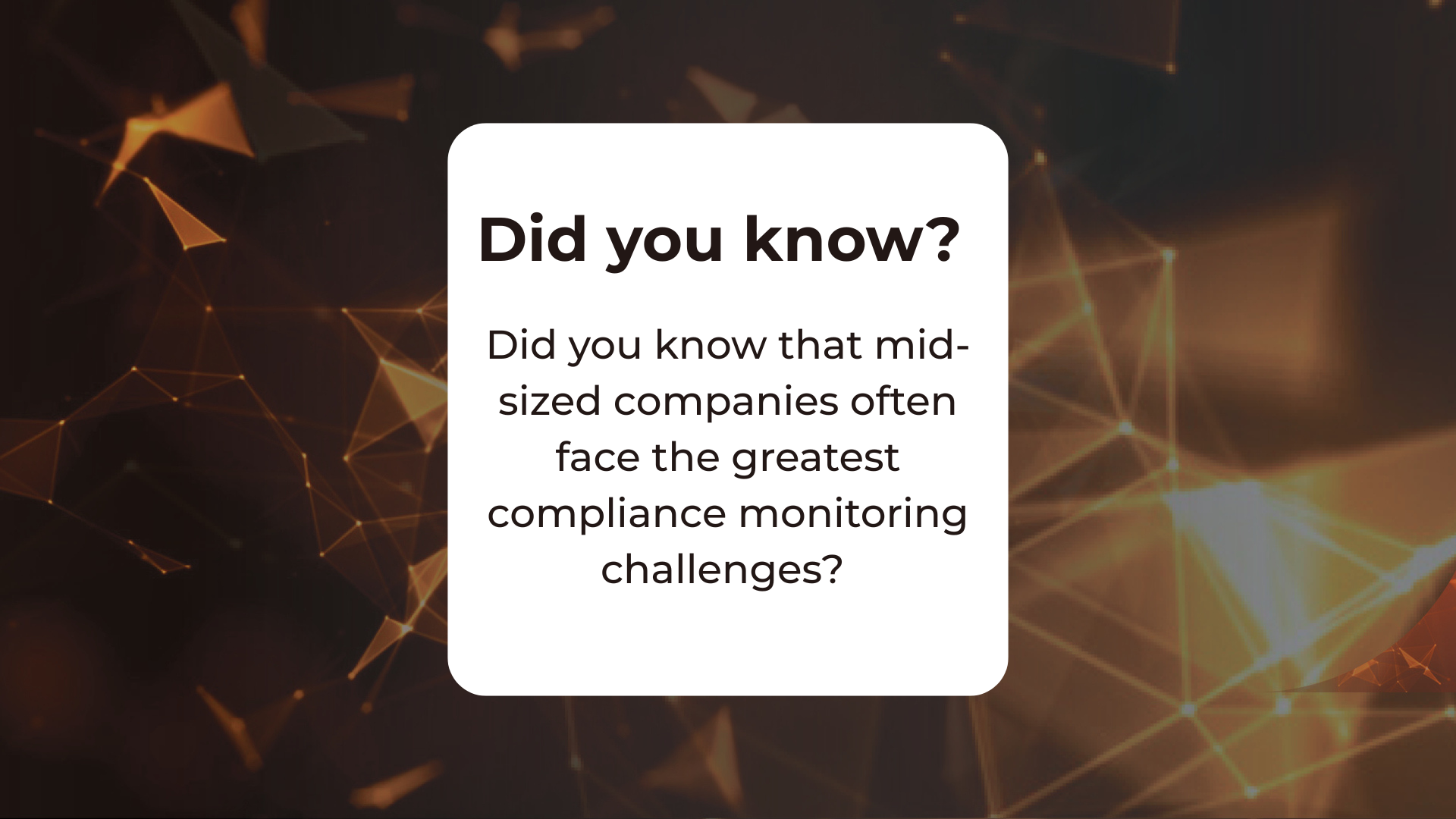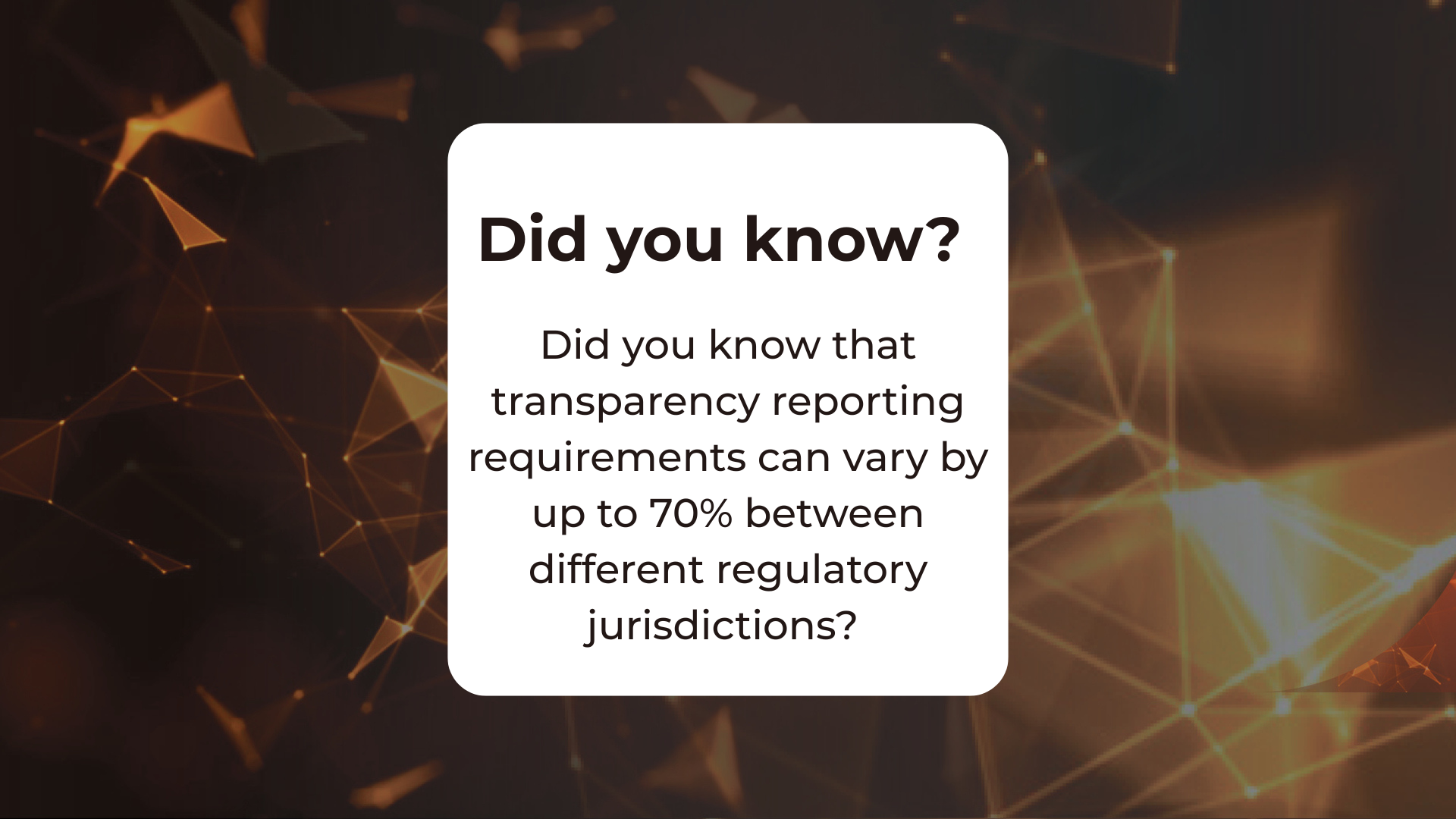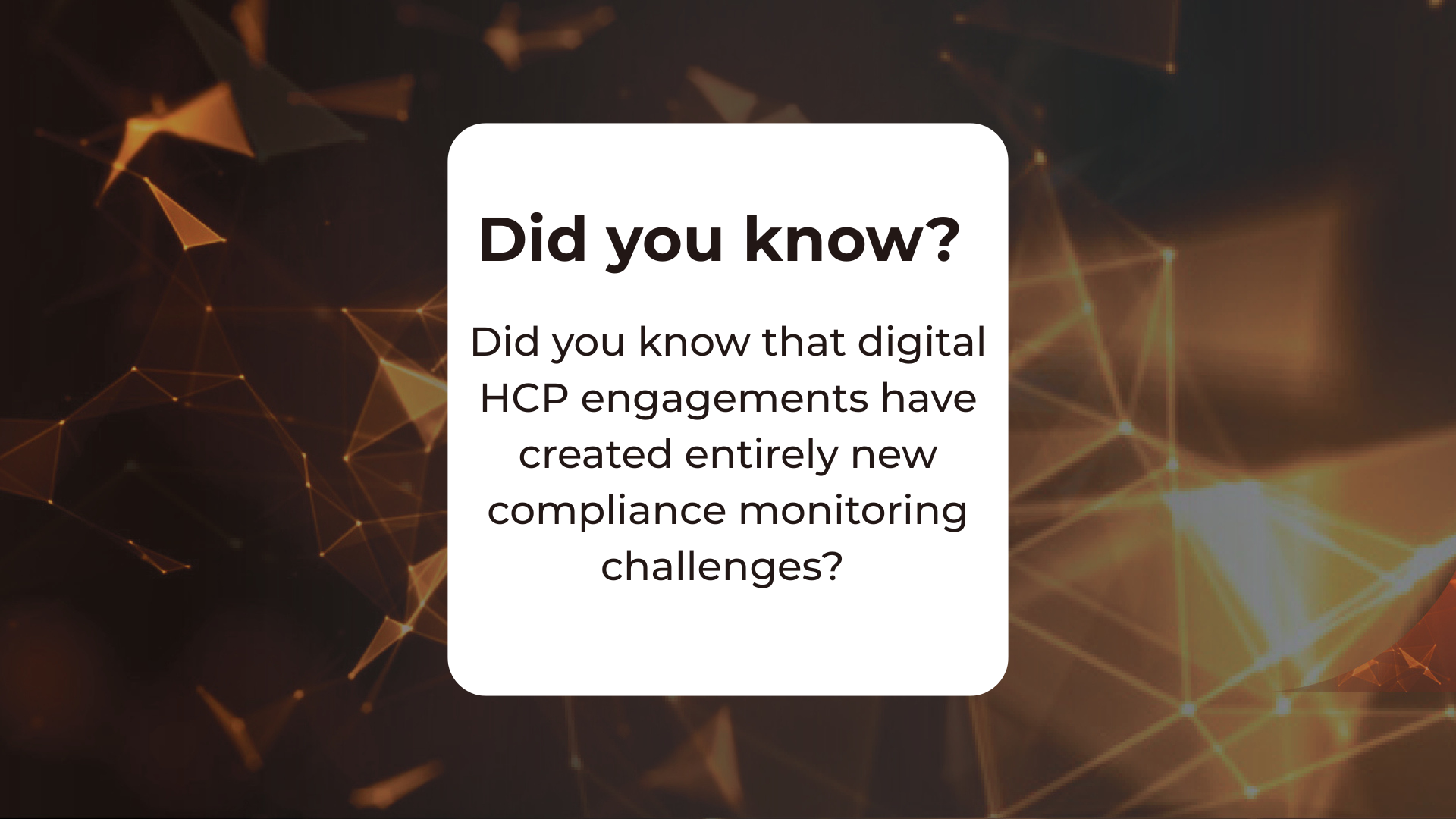Compliance Monitoring - Insights
Actionable Intelligence from Industry Leaders: Market insights, expert interviews, and thought-provoking opinions that help you navigate industry challenges like compliance training, AI analytics and risk prioritization with confidence.
Session Spotlight
Leveraging Practical AI & Analytics for Next-Gen Compliance Monitoring
Discover how to evolve from reactive monitoring to predictive compliance using AI and advanced analytics. Through real-world case studies, learn which implementations deliver genuine value versus unnecessary complexity, providing a practical roadmap for enhancing your compliance program with data-driven insights.
Explore Tailored Monitoring Strategies – Interactive Benchmarking by Company Size
Join this interactive session for size-specific compliance strategies. Small/mid-sized companies will explore resource-efficient monitoring and leadership buy-in techniques, while large pharma will discover T&E monitoring tools and risk-based approaches for high-volume data. Connect with peers facing similar challenges for relevant insights.
Best Practices in Field Team Training for Accurate HCP Interaction Reporting and Compliance
Learn strategies to develop targeted compliance training for field teams that transforms complex HCP reporting requirements into clear, actionable guidance. Explore innovative approaches for ongoing reinforcement using technology and real-world scenarios to ensure consistent compliance while maintaining field effectiveness.
Did you know?
These advanced systems can simultaneously analyze transaction patterns, communication records, and documentation discrepancies, transforming how organizations identify potential compliance risks before they escalate into regulatory issues.
While enterprise organizations have resources for comprehensive systems and small firms benefit from simplified requirements, mid-market companies must balance sophisticated monitoring needs with limited resources—making strategic risk prioritization essential for their success.
Organizations operating across borders must navigate this complex landscape while maintaining consistent internal standards—a challenge that has prompted the development of adaptive compliance technologies designed specifically for multi-jurisdiction operations.
With virtual advisory boards, remote speaker programs, and digital content sharing becoming standard practice, compliance teams must develop specialized monitoring protocols that address the unique documentation, consent, and transparency issues these formats present.
FAQs
What is compliance monitoring?
Compliance monitoring functions as a comprehensive oversight system that safeguards organizations by continuously assessing adherence to regulatory requirements and internal standards. It acts as an early detection mechanism, enabling organizations to identify and address potential compliance gaps before they develop into significant issues. This proactive approach ensures operational integrity while maintaining regulatory alignment.
Why are global monitoring programs necessary?
Global monitoring programs serve as critical infrastructure for international business operations. As organizations expand their global footprint, these programs ensure consistent compliance standards across diverse regulatory environments. They create a unified framework that harmonizes compliance practices, whether operating in established markets or emerging economies. This cohesive approach strengthens risk management capabilities and preserves organizational reputation across borders.
Why is leadership buy-in important for monitoring compliance?
Leadership commitment to compliance initiatives transforms them from procedural requirements into strategic assets. When senior management actively champions compliance programs, it creates a powerful cascading effect throughout the organization. This executive-level support ensures that compliance receives appropriate resources, attention, and integration into business strategy, fostering a culture where compliance becomes second nature.
What are the five key areas of compliance monitoring?
Five domains work together to create a robust compliance framework that protects the organization while promoting a culture of integrity, these are: leadership, risk assessment, standards and controls, training and communication, and oversight.
- Leadership: Sets the tone from the top and establishes clear accountability for compliance initiatives, demonstrating visible commitment through actions and resource allocation.
- Risk Assessment: Systematically identifies, evaluates, and prioritizes compliance risks across the organization, developing strategies to address potential issues.
- Standards and Controls: Develops and maintains policies, procedures, and internal controls to ensure clear guidelines exist for compliant operations.
- Training and Communication: Builds compliance awareness through comprehensive training programs and maintains clear channels for compliance-related communication.
- Oversight: Ensures continuous monitoring of compliance activities through regular audits, performance tracking, and reporting mechanisms.










